Cartoon Characters Vanished From American TV—And No One Ever Told Us Why
It’s not uncommon for a cartoon character to steal the spotlight, only to suddenly disappear without a trace. Regardless of the cause, these cartoon icons have left us with many questions. Here’s a look at some characters who vanished without a trace.
Pepe Le Pew
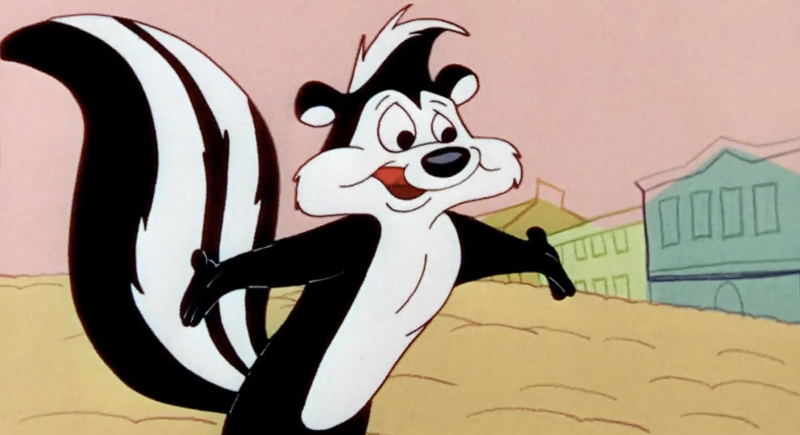
Credit: IMDb
Pepe Le Pew was a TV staple for years, wooing his way into our hearts with his relentless pursuit of love. But in today’s world, his aggressive, “charming” behavior looks less like romance. His absence from Space Jam: A New Legacy left fans wondering if Pepe’s love life was too much for modern sensibilities.
Jonny Quest’s Race Bannon
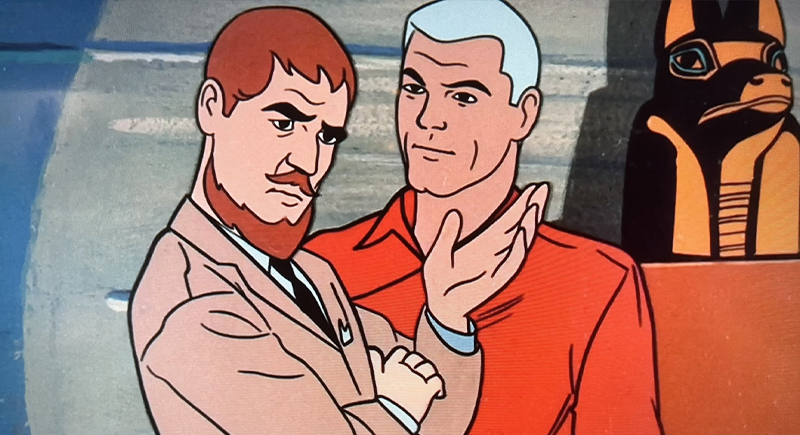
Credit: X
Race Bannon, Jonny Quest’s fearless protector, once represented the ideal stoic hero. But by the ’90s, his outdated portrayal of masculinity didn’t fit into the new world of more diverse, modern characters. In The Real Adventures of Jonny Quest, Race took a backseat for a more inclusive cast.
Minerva Mink from Animaniacs

Credit: IMDb
When she first appeared, Minerva Mink had a real wow factor. Over time, her over-the-top, seductive persona started to clash with the more family-friendly content. In the end, Minerva was erased in favor of characters that were a bit less “stunner” and a more “responsible role model.”
Speedy Gonzales
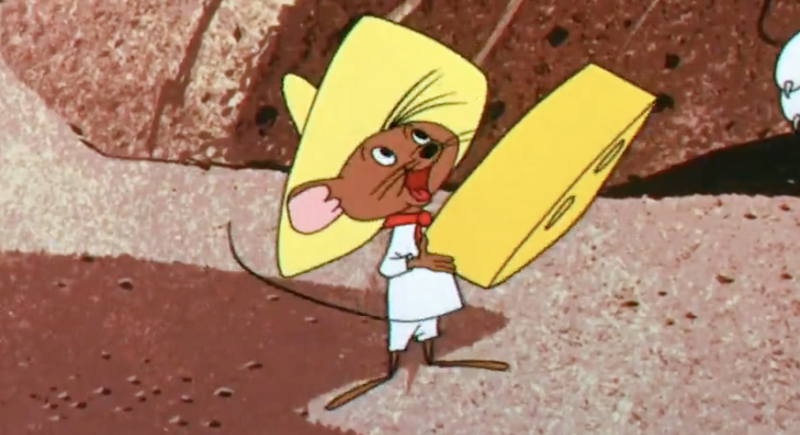
Credit: IMDb
Who could forget Speedy Gonzales, the fast and clever mouse that was a fan favorite in Looney Tunes? However, in the 1980s, his exaggerated Mexican accent and some of his antics were seen as reinforcing harmful stereotypes. Though Speedy had defenders who argued he was a hero, the tides of cultural awareness led to his gradual disappearance.
Sunflower from Fantasia
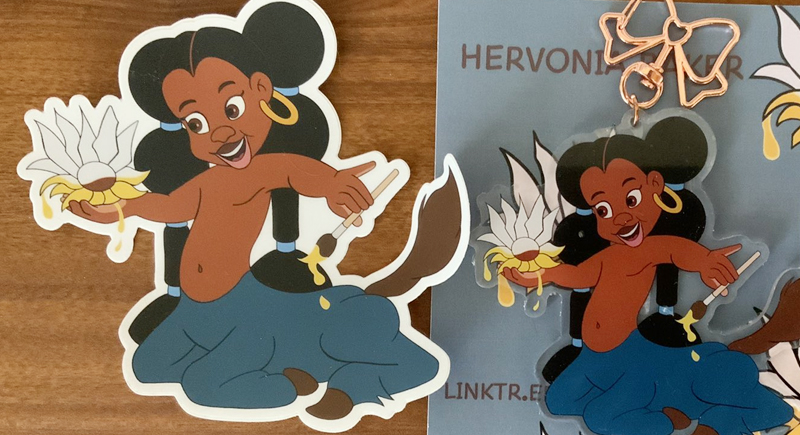
Credit: X
Sunflower the Centaurette, though a minor character in Disney’s Fantasia, was erased from re-releases of the film due to her portrayal of stereotypes. She was depicted as subservient to her white counterparts, which reinforced an ugly and outdated narrative.
The Pink Panther
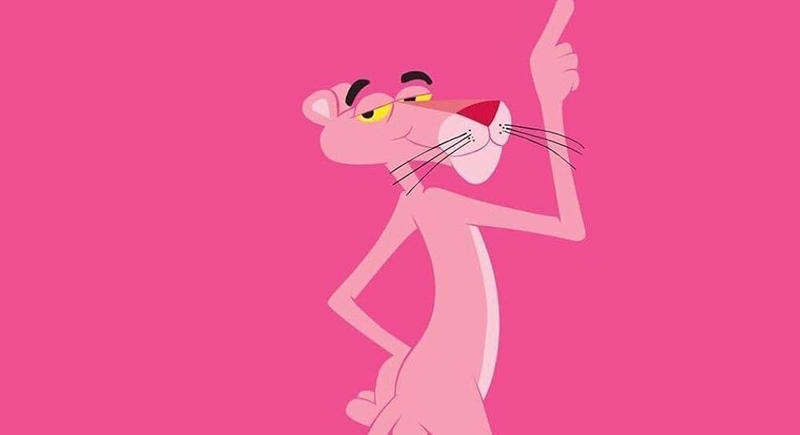
Credit: IMDb
The Pink Panther—suave, mysterious, and silent—was once the epitome of cool. But as cartoons became louder, faster, and more dialogue-driven, the minimalist appeal of the Pink Panther just couldn’t keep up. His slow-paced, silent slapstick comedy was replaced by more rapid and interactive characters.
Chef from South Park
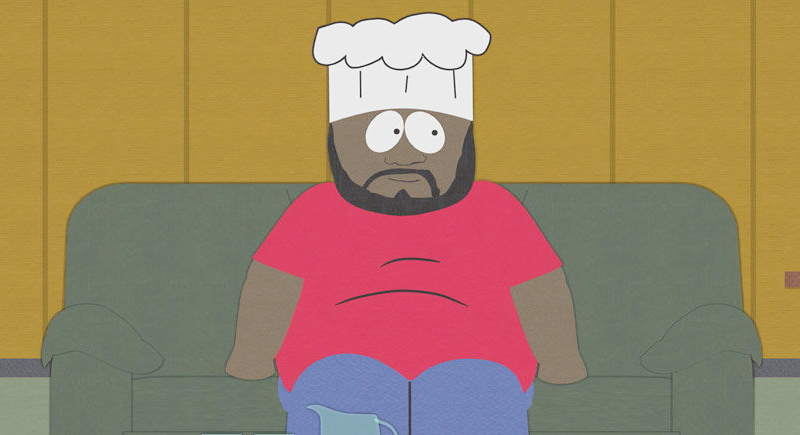
Credit: IMDb
Chef was written out of the show after Isaac Hayes, the voice actor, left in protest over an episode that mocked Scientology. Hayes, a Scientologist himself, had voiced Chef for years, but after a clash with the show’s creators, Chef’s absence became permanent.
Br’er Rabbit from Song of the South

Credit: Wikimedia Commons
Br’er Rabbit, the trickster hero from Disney’s Song of the South, faced a fate similar to the film itself. Due to the movie’s unfair portrayals of the South, Disney quickly buried the character and the film. The legacy of Br’er Rabbit was erased from theme parks and media.
Apu from The Simpsons
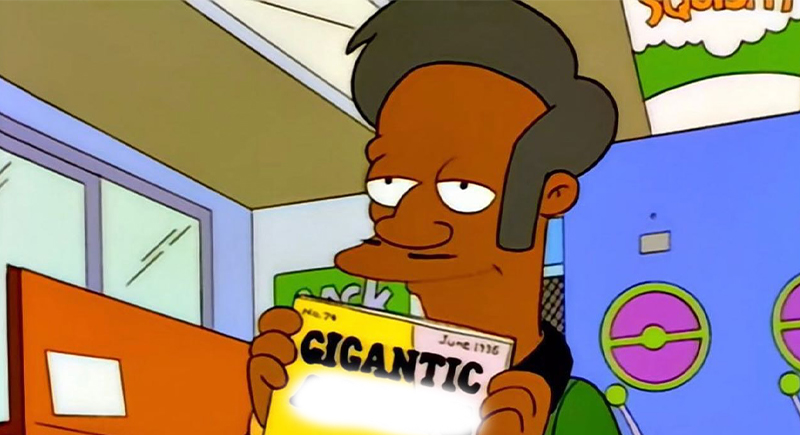
Credit: Instagram
Hank Azaria voiced Apu Nahasapeemapetilon using a heavily stereotyped Indian accent. After increasing backlash, particularly from comedian Hari Kondabolu, The Simpsons slowly phased Apu out of speaking roles.
The Fonz from Happy Days Cartoons
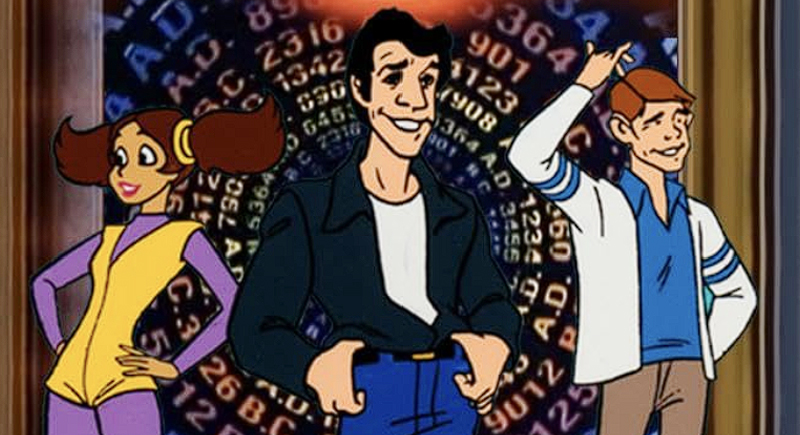
Credit: IMDb
The Fonz is known for his cool-guy persona on Happy Days and has appeared in multiple spinoffs. However, his character didn’t translate well into cartoons. His tough-guy image became irrelevant as TV cartoons evolved into less character-driven narratives.
The Crows from Dumbo
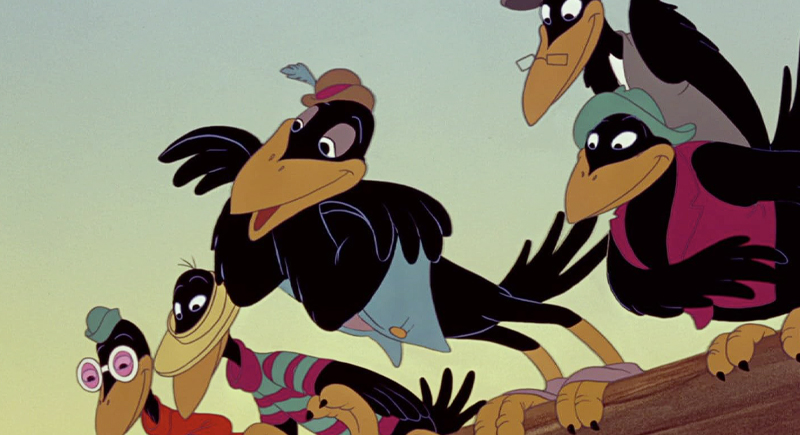
Credit: IMDb
While helping the titular elephant, the crows in Dumbo were criticized for perpetuating stereotypes. Their dialect and portrayal were seen as offensive, and Disney removed them from the live-action remake of the film.